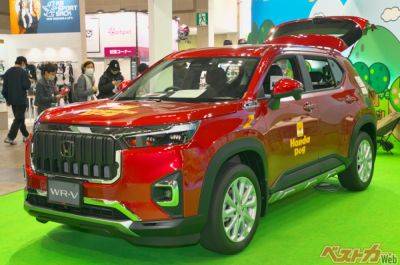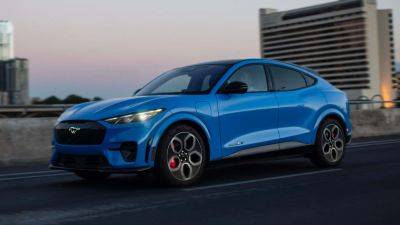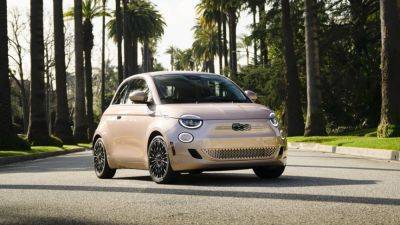First Drive: 2025 Honda CR-V e:FCEV plugs a benchwarmer into the grid
The charge port on the front fender of the 2025 Honda CR-V e:FCEV is, ironically, what may help keep drivers of this fuel-cell vehicle away from a state of range anxiety.
It signals plug-in-hybrid-like electric range for the commute, without any need for hydrogen—a departure from the modest, hybrid-sized packs that have been typical in fuel-cell passenger vehicles up until now.
Altogether, it’s a technology combo that on one hand has been a long time coming and on the other hand is a noteworthy concession to a series of present realities for fuel-cell vehicles. While the vehicles themselves have been swimming olympic laps of transformation and refinement, the infrastructure has barely been treading water. Hydrogen was supposed to provide gasoline-like driving range and quick fills, but several hydrogen supply pinches in recent years left even early adopters uneasy about fueling up. And the 50-cent-a-gallon-equivalent hydrogen prices that a federally funded study suggested a decade ago were possible around now? Nowhere in sight.
2025 Honda CR-V e:FCEV
As of January, hydrogen prices were running a whopping $33.50 per kg—roughly the energy equivalent of a gallon of gasoline. That’s about $144 to fill its 4.3-kg tank with 10,000-psi compressed hydrogen gas, set to take you an EPA-rated 241 miles. Whenever you’re home, plug into a 240-volt home charger for a couple hours and with about $4.00 of electricity, based on California prices, you’ll get an additional 29 miles without using hydrogen.
Honda won’t reveal how much of the battery’s capacity is set aside for charging, but it says that it dedicates at least as much as the Clarity Fuel Cell’s 1.6 kwh toward energy buffering for the fuel cell, which doesn’t ramp up instantly. For now we’ll estimate about 14 kwh dedicated to plugging in; but engineers cautioned that will vary.
Understanding what the powertrain’s like to live with will have to wait for a longer experience. But in a brief drive of the CR-V e:FCEV this past week with pretty much a full tank of hydrogen and a full charge, I found that this new fully electrified version of the popular CR-V drives with a hushed confidence, as if it were a







